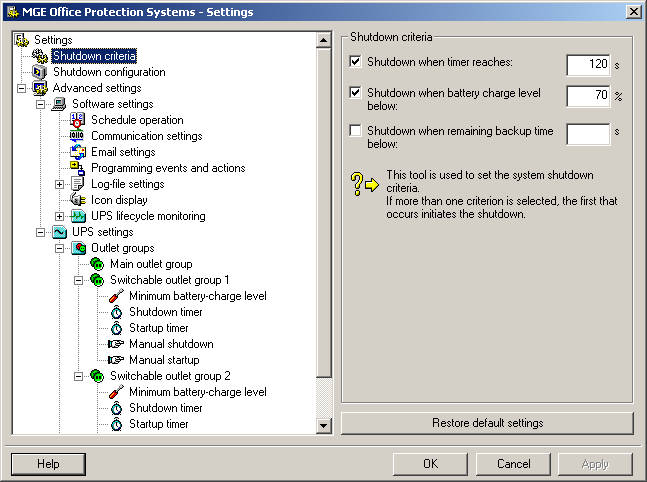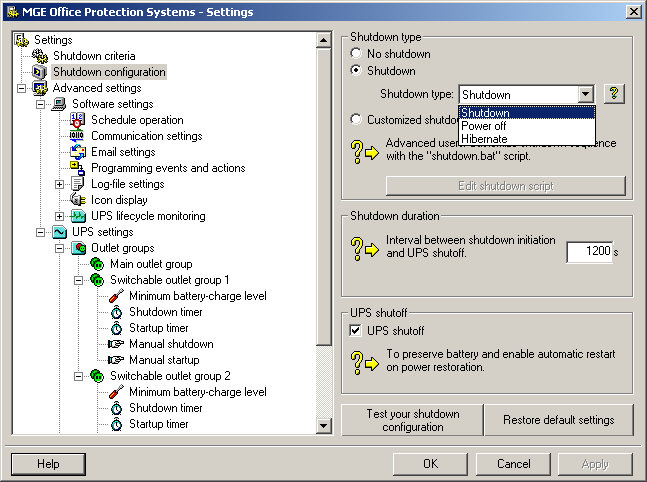Small Business Battery Backup: Eaton's 3,000VA PW5130
Networked Power Management: Shutdown And Resume
Before we start testing, we always check the manufacturer Web site for the latest software versions. The Powerware homepage provides a software suite called LanSafe 6, which, despite working with our UPS sample, did not support all of its features. We contacted Eaton and found out that this is because Eaton acquired MGE UPS approximately two years ago and hasn’t been able to fully migrate all of its software products yet. LanSafe seems to be the original Powerware product, while the PW5130 is based on MGE OPS technology.
We then swapped over to the newer software, using the Network Management Proxy as the controller and the Network Shutdown Module on client systems attached to the Powerware PW5130 UPS. We installed the Network Management Proxy on the main system, to which we attached the UPS backup.
Once you connect the system to the UPS via USB 2.0, you can start the configuration by clicking on the Settings option in the main window.
Shutdown Criteria
You can set three different shutdown criteria, which, once reached, will initiate system shutdown via the UPS unit through the network software and the client. We will look at that on the following page. You can define a timer in seconds: in our example, we set it to 120 seconds. Once these limits have passed, the shutdown will commence. Other options include battery level or remaining battery backup time. It is also possible to combine two or three shutdown options, if desired.
There are more shutdown criteria that need to be defined. Generally, shutdown means that all applications will be terminated after the software saves all changes. If you click on the drop-down menu, you may also select “power off” or “hibernate.” While you may know the gist of hibernation from using a notebook (a feature that copies all main memory content into a hibernation file and then shuts off the system), you can actually have the Powerware UPS unit trigger a hard shutdown. It will then physically switch off the systems attached to the power outlets according to its settings. This doesn’t sound like a good course of action for servers, but it works well for printers, routers, or similar devices you may want to turn off immediately when the power goes out.
Hibernation typically is a great choice, as it preserves the system state. But it may take several minutes to hibernate a system with a large amount of RAM. The UPS itself can also shut off after a given period of time. In our example, we selected 1,200 seconds. Keep in mind that all systems should be shut down before you tell the UPS itself to go offline (obviously).
Get Tom's Hardware's best news and in-depth reviews, straight to your inbox.
Power Restored
Should the power be restored while the UPS is still shutting down, it will not interrupt the process. The battery will already start to charge at this point, though. If you want the powered-down systems to be switched back on once power is restored, you have to select the appropriate BIOS option to power on after power loss.
Current page: Networked Power Management: Shutdown And Resume
Prev Page Eaton Powerware PW5130, 3000 VA Next Page Networked Power Management: Options

